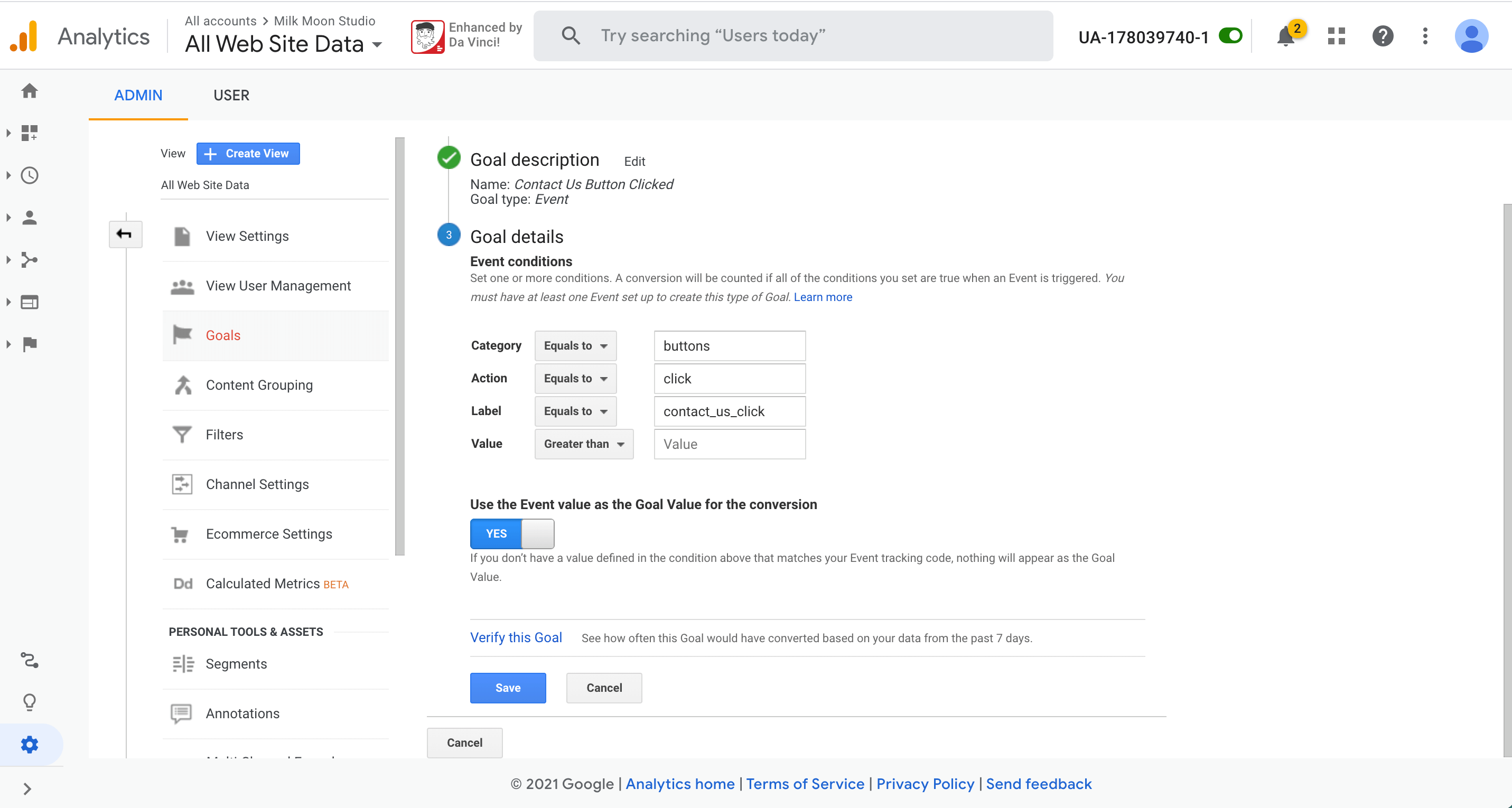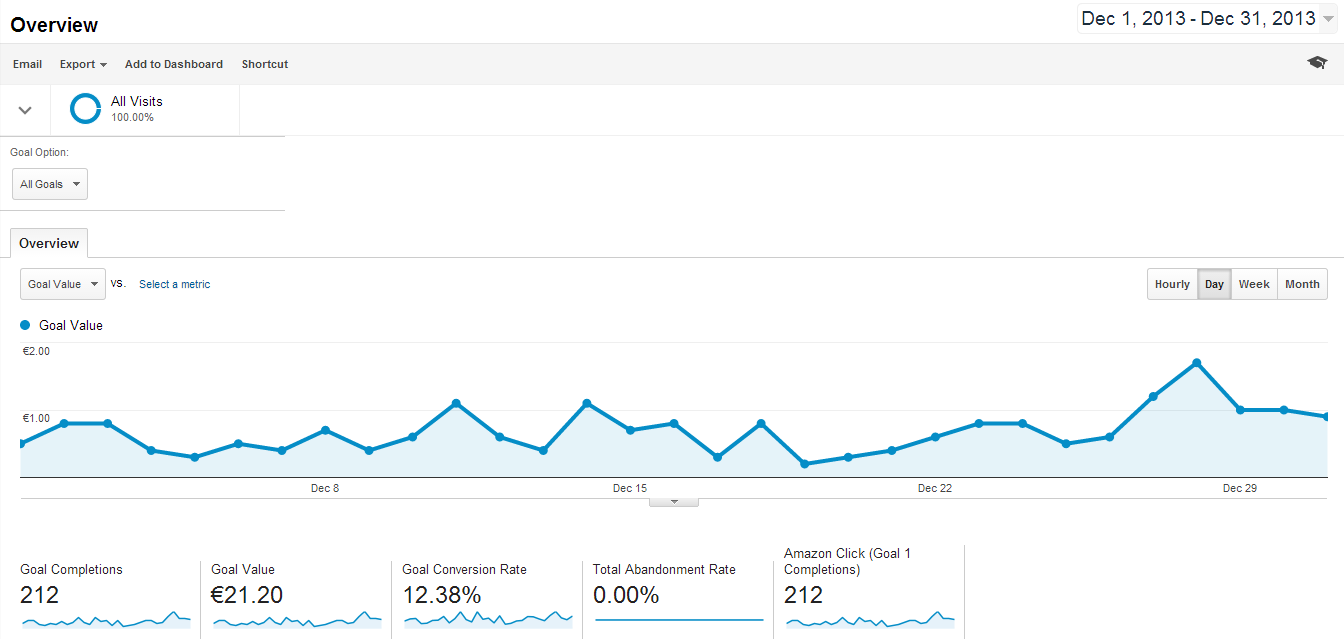Exploring What Data Is Google Analytics Goals Unable to Track
Exploring What Data Is Google Analytics Goals Unable to Track
Blog Article
Demystifying Google Analytics Limitations: Uncover What Data Goals Can not Track
In the world of electronic analytics, Google Analytics stands as an effective tool that provides important insights right into web site performance and customer actions. Amidst its capacities, there exist constraints that commonly go undetected. Comprehending what Google Analytics can not track is critical for a thorough grasp of information analysis and decision-making processes. From the intricacies of customer interaction with vibrant content to the intricacies of cross-device user trips, these restrictions clarified areas that might stay covered from standard analytics perspectives. By unraveling these restraints, a more clear picture arises, permitting more enlightened techniques and improved insights right into individual engagement and conversions.

Individual Communication With Dynamic Content
Individual communication with vibrant content plays an essential duty in understanding user behavior on sites and maximizing the overall user experience. By tracking user interactions with dynamic content, site proprietors can get beneficial understandings right into user involvement, preferences, and habits - what data is google analytics goals unable to track.
Google Analytics offers different tools to track user interactions with vibrant content, such as occasion tracking and virtual pageviews. Event monitoring allows you to monitor details individual actions, like clicking a switch or enjoying a video, supplying data on just how customers engage with dynamic aspects.
Cross-Device User Journeys
Just how can modern analytics devices track the facility paths users take across several devices in their online journeys? Cross-device customer journeys offer a substantial difficulty for monitoring and assessing user behavior properly. As users engage with apps or websites utilizing numerous devices such as mobile phones, tablets, and desktop computers, it becomes essential to recognize just how they move between these platforms to maximize individual experience properly.
Google Analytics encounters limitations in tracking cross-device user trips as a result of privacy issues and technical restrictions - what data is google analytics goals unable to track. While it can provide understandings right into specific tools' communications, tracking a seamless customer journey across multiple tools remains a challenge. This limitation can result in insufficient information and fragmented user insights, making it hard for services to develop a unified view of the client trip
To resolve this issue, companies can use sophisticated analytics tools that offer cross-device monitoring abilities, permitting them to get a much more holistic understanding of customer habits. By leveraging these tools, companies can connect the gap in tracking cross-device customer trips and optimize their electronic methods for a seamless user experience.
Offline Conversions and Acknowledgment
As companies navigate the challenges of tracking cross-device user trips, one more critical aspect to think about is the world of offline conversions and acknowledgment in the realm of data analytics. While Google Analytics gives useful understandings right into on the internet user habits, it fails when it concerns tracking conversions that take place offline. This restriction poses a substantial difficulty for organizations that have both online and offline sales channels.
Offline conversions, such as acquisitions made in physical stores or with telephone call centers, are necessary to comprehending the complete client trip. Without the capability to connect these offline conversions to specific on the internet interactions, services might struggle to properly gauge the effect of their digital marketing efforts.
To resolve this visit the website space, organizations can explore alternate remedies such as incorporating CRM systems with online analytics tools or using one-of-a-kind promo codes that can be traced back to on the internet projects. By bridging the void in between online and offline data, services can get a much more detailed understanding of their consumers' behavior and enhance their general advertising and marketing strategies.
Individual Individual Identification
In the world of information analytics, the ability to accurately identify private customers throughout numerous online touchpoints is a critical difficulty for services looking for to customize and enhance their advertising approaches. While Google Analytics provides useful understandings into individual actions and communications, it drops brief in making it possible for the recognition of certain people as a result of personal privacy worries and technological restrictions. Google Analytics makes use of one-of-a-kind identifiers such as cookies to track customer sessions and actions, however these do not correspond to identifying private customers in a personal sense.

Information From Secure Pages
Despite the raising occurrence of protected web pages on internet sites, acquiring information from these encrypted sources provides an one-of-a-kind challenge for digital analytics systems like Google Analytics. Protect pages, shown by HTTPS in the URL, secure data traded between the user's internet browser and the site's web server to ensure privacy and security. While this security is important for protecting sensitive details, it also presents limitations for tracking individual actions and event analytics information.
Google Analytics encounters barriers in accumulating thorough details from secure pages because of the file encryption methods in location. Therefore, certain data factors such as reference sources, keyword searches, and also some customer communications may not be fully recorded when customers access a site via a protected link. This constraint can influence the accuracy and completeness of the data analysis, resulting in spaces in understanding individual habits and choices on safe and wikipedia reference secure web pages.
To browse this obstacle, electronic analysts might require to discover alternative tracking techniques or leverage other tools specifically developed to gather insights from protected pages. By adapting approaches to suit these constraints, companies can still obtain important analytics despite the restrictions provided by encrypted connections.
Final Thought
In final thought, Google Analytics has restrictions in tracking individual interaction with vibrant content, cross-device user journeys, offline conversions, specific customer identification, and data from secure web pages. These constraints impede a detailed understanding of customer habits and may result in voids in data analysis. In spite of its useful understandings, Google Analytics may not provide a full photo of customer interaction across numerous touchpoints. It is essential for organizations to be knowledgeable about these restrictions and consider supplemental devices for a much more holistic sight of their data.
User communication with dynamic material plays a crucial duty in comprehending individual habits on internet sites and enhancing the general individual experience. By tracking customer interactions with dynamic web content, site proprietors can gain useful understandings into customer involvement, preferences, and habits.
Google Analytics makes use of unique identifiers such as cookies to track individual sessions and actions, yet these do not relate to determining specific customers in a personal feeling.
As a result, certain data points such as reference resources, keyword searches, and even some individual communications might not be fully captured when users access a site via a secure connection.In conclusion, Google Analytics has restrictions in tracking individual interaction with dynamic material, cross-device individual trips, offline conversions, individual customer identification, and data from safe web pages.
Report this page